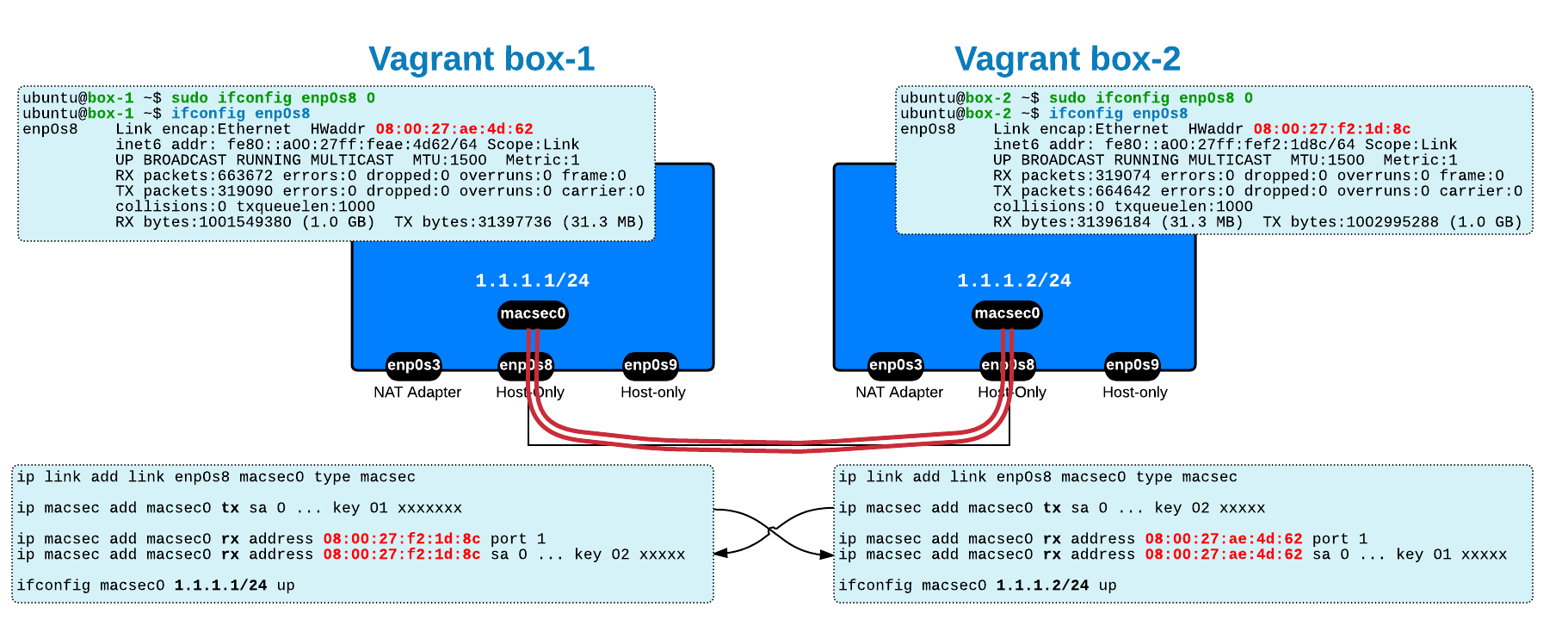Portfast + bpdufilter (used together) can be enabled globally or at interface level. Although the first impression is that the only difference is the global or per-interface effect, this is not entirely true. Let's start with a summary table:
Globally:
(config)#spanning-tree portfast bpdufilter default
At interface level:
(config)# interface x/x (config-if)# spanning-tree portfast (config-if)#spanning-tree bpdufilter enable
Although the first impression is that the only difference is the global or per-interface effect, this is not entirely true and another subtle and important difference is described below.
By default, a port configured with portfast is still sending out BPDUs. If you want portfast-enabled ports to stop sending BPDUs you may rush to use command:
(config-if)# spanning-tree bpdufilter enable on the same interface.
While this gives you what you want (don't send BPDUs on portfast interfaces), you have the following problem: you disable completely STP on that port, meaning that you stop both sending and receiving BPDUs.
A better option (and here it comes up the subtle difference that I talked about) is to enable bpdufilter globally for all portfast-enabled ports: (config)# spanning-tree portfast bpdufilter default.
This command stops, as well, sending BPDUs on the portfast interfaces, but in case a BPDU is received on that port, it will resume STP operations on it, thus preventing STP loops. If a BPDU is received, that port loses its portfast status immediatelly and starts following the STP rules/states.






 Costi is a network and security engineer with over 10 years of experience in multi-vendor environments. He holds a CCIE Routing and Switching certification and is currently pursuing same expert-level certifications in other areas. He believes that the best way to learn and understand networking topics is to challenge yourself to fix different problems, production-wise or lab-type exams. He also enjoys teaching networking and security technologies, whevever there is an opportunity for it.
Costi is a network and security engineer with over 10 years of experience in multi-vendor environments. He holds a CCIE Routing and Switching certification and is currently pursuing same expert-level certifications in other areas. He believes that the best way to learn and understand networking topics is to challenge yourself to fix different problems, production-wise or lab-type exams. He also enjoys teaching networking and security technologies, whevever there is an opportunity for it.

Comments
comments powered by Disqus